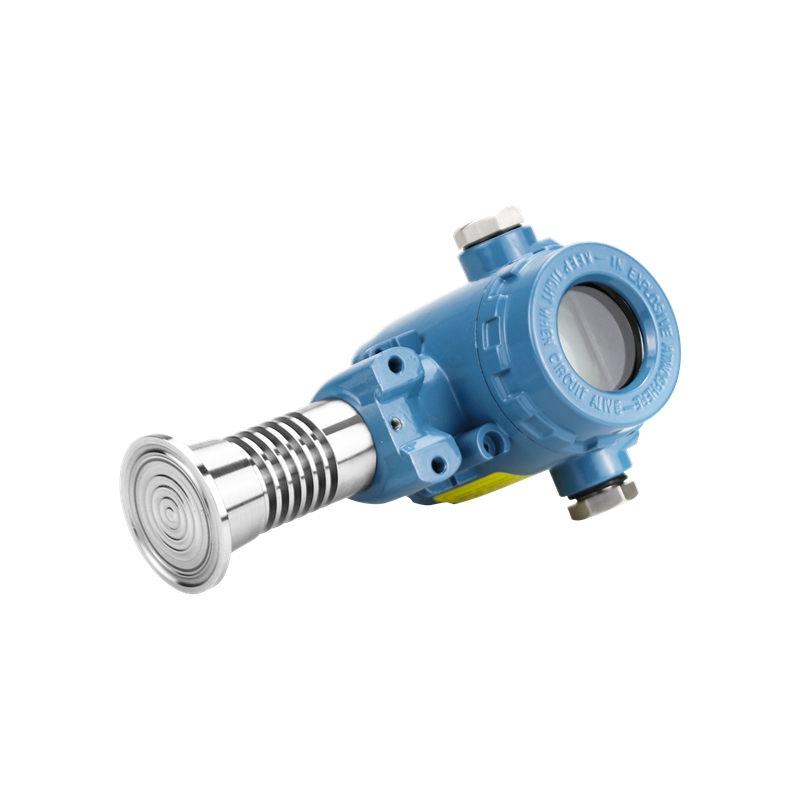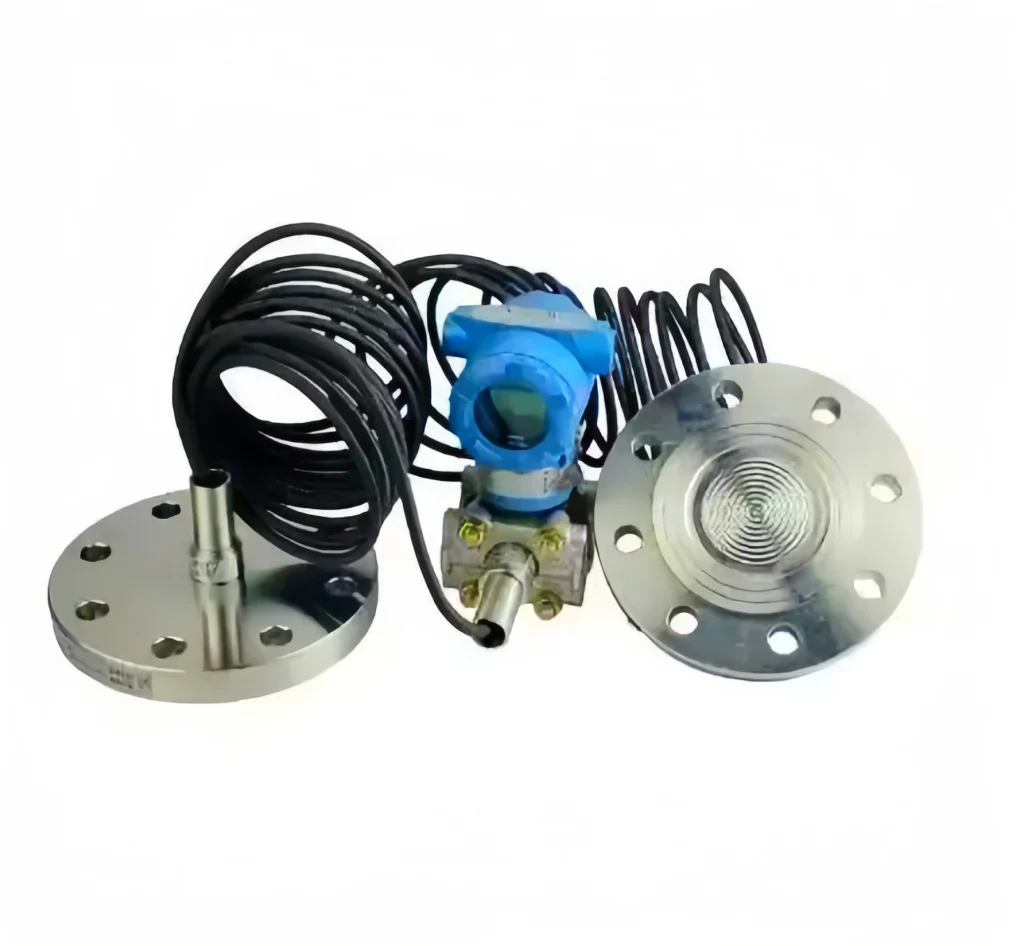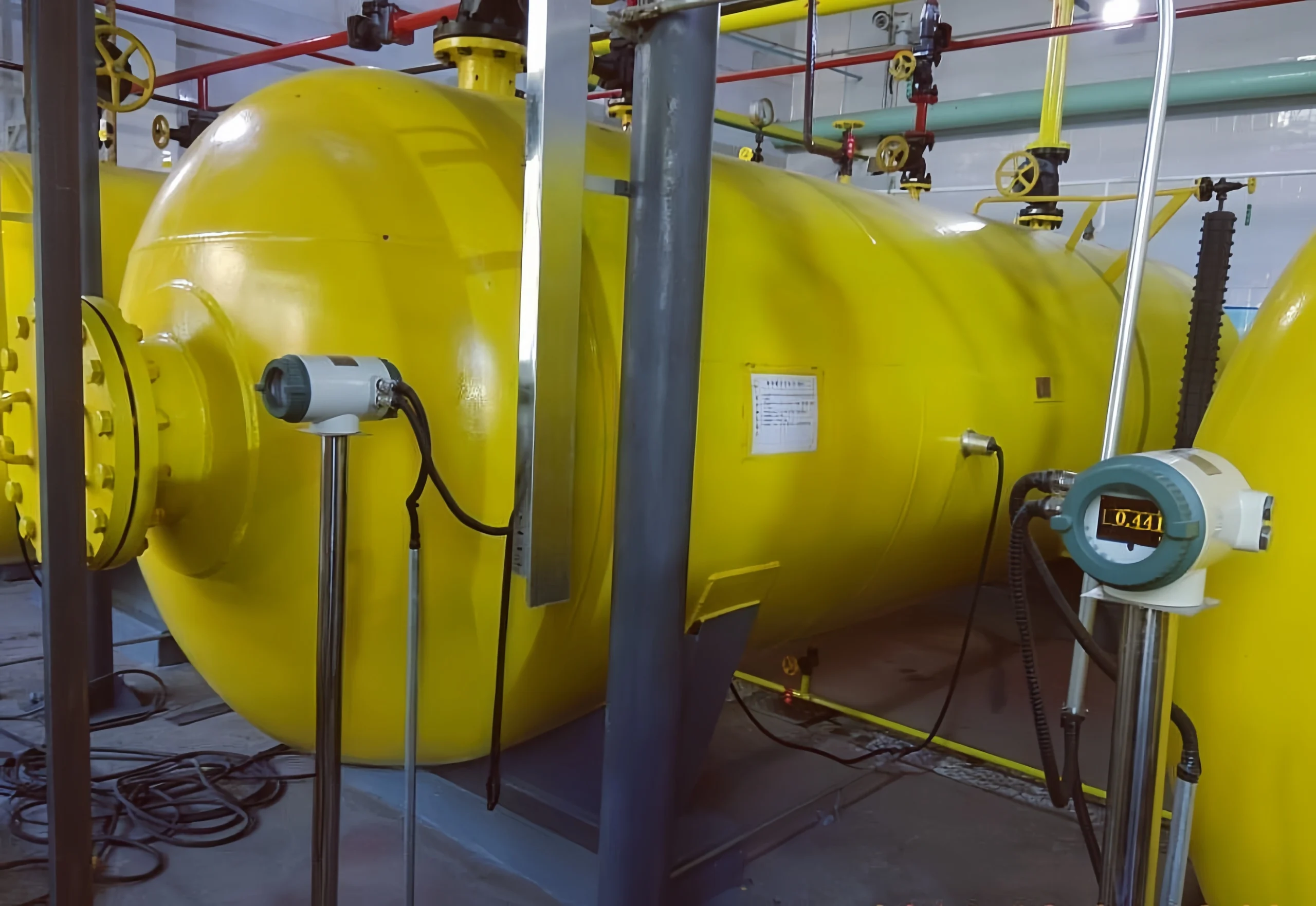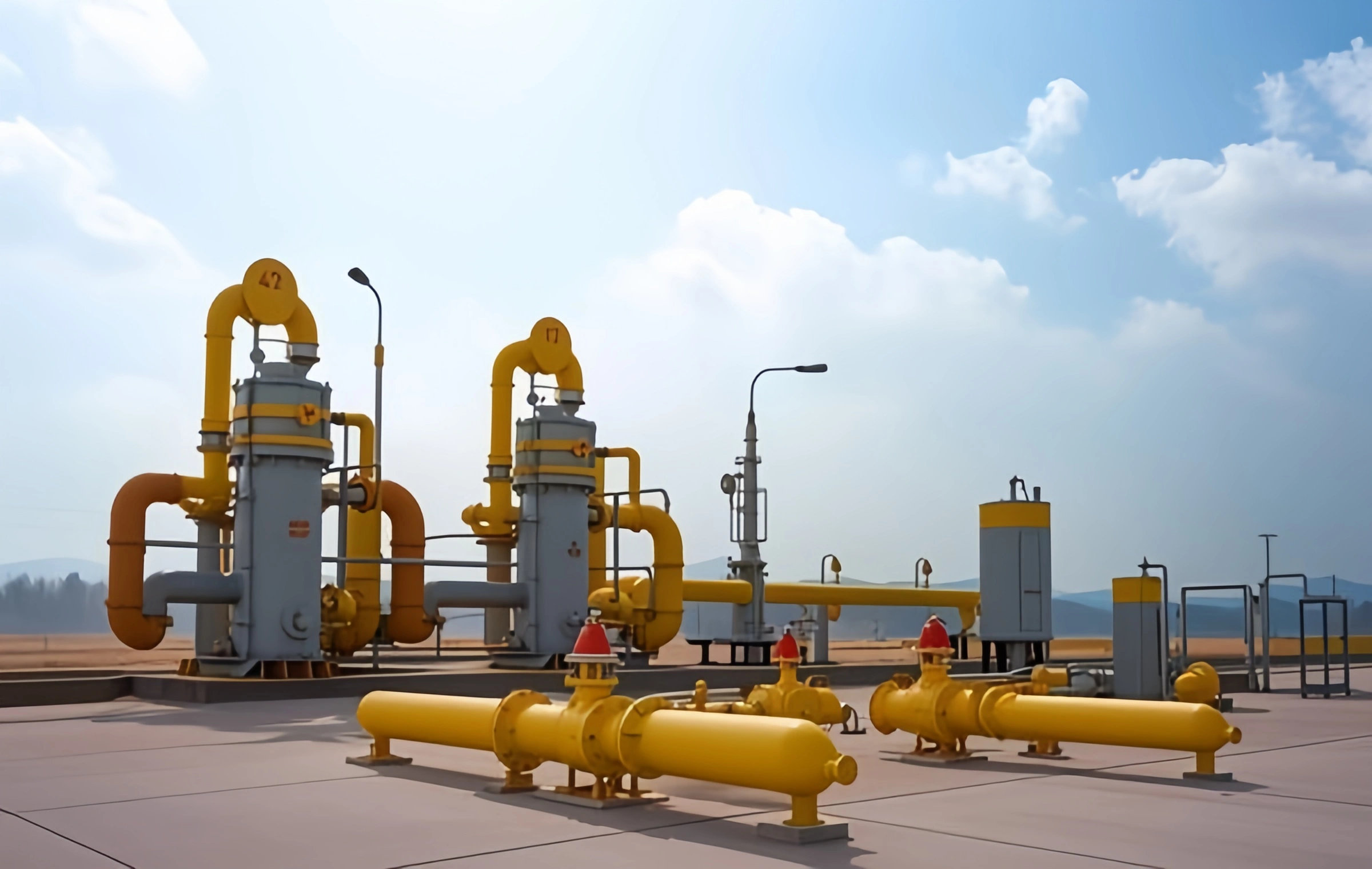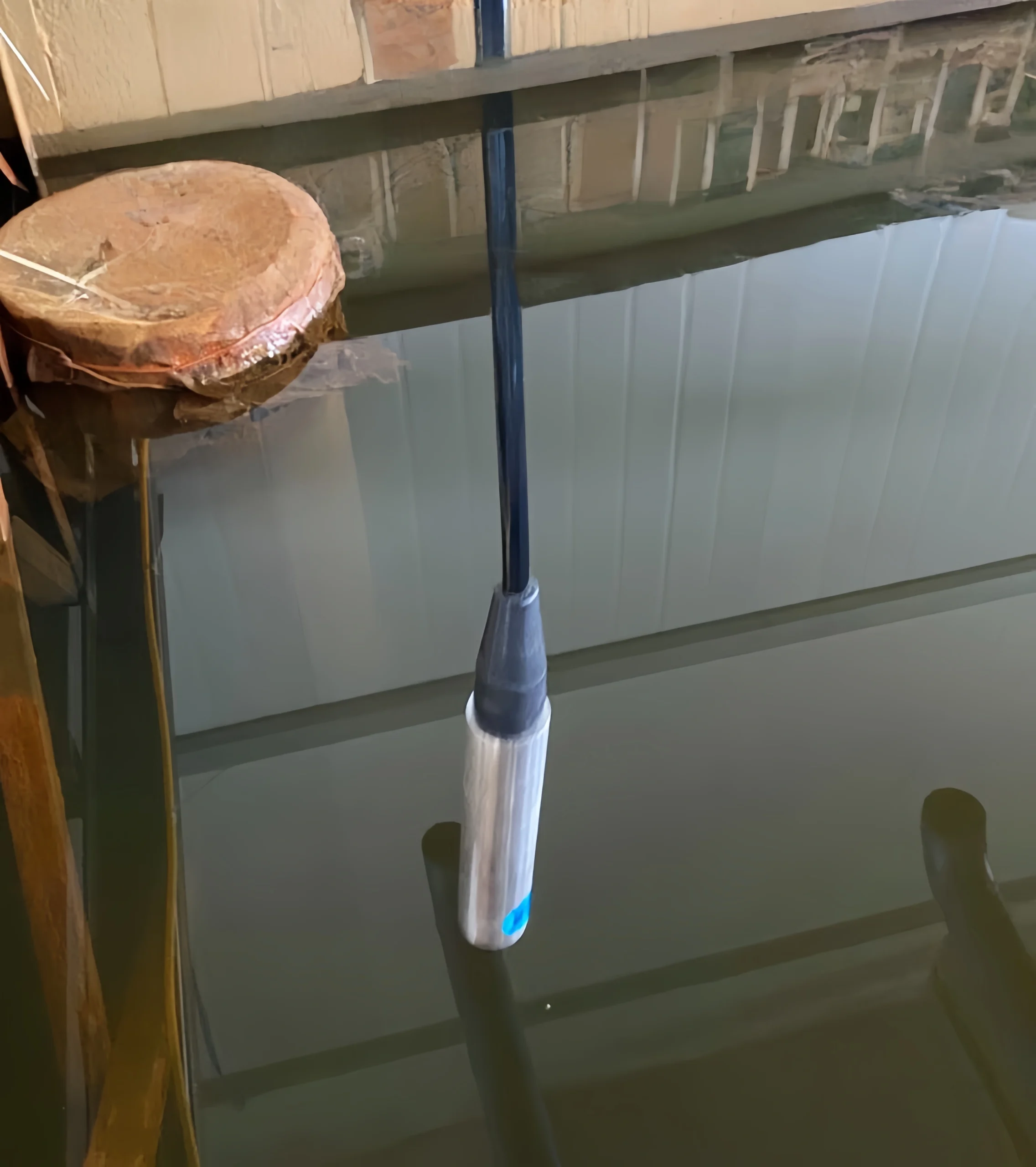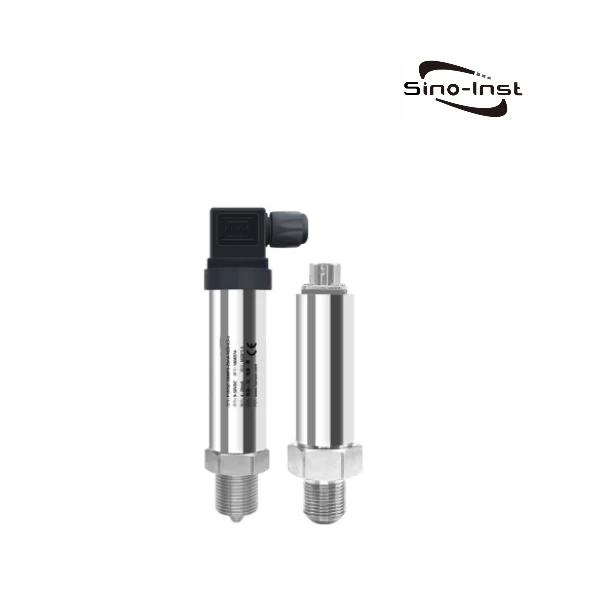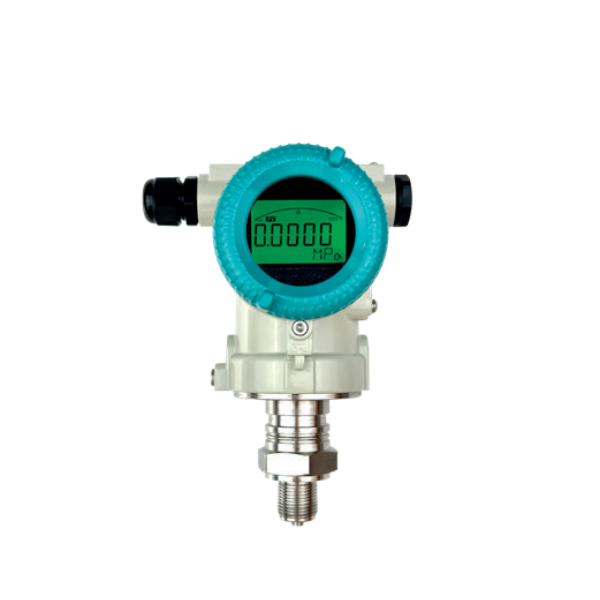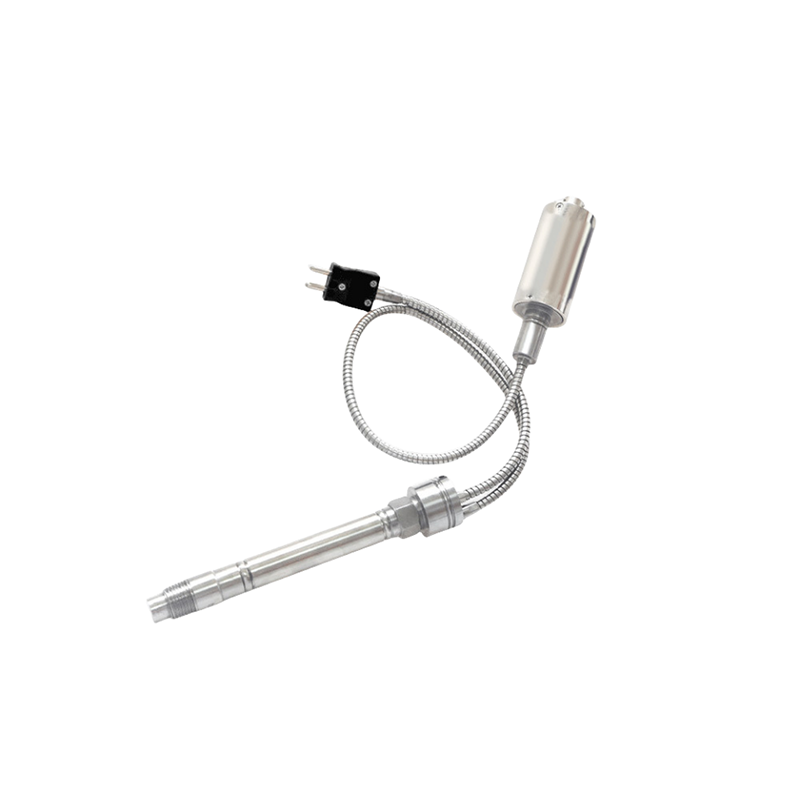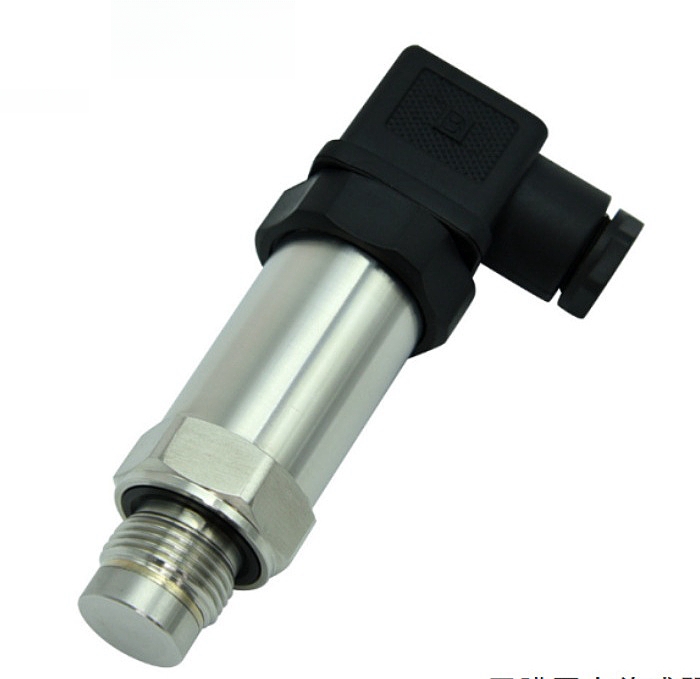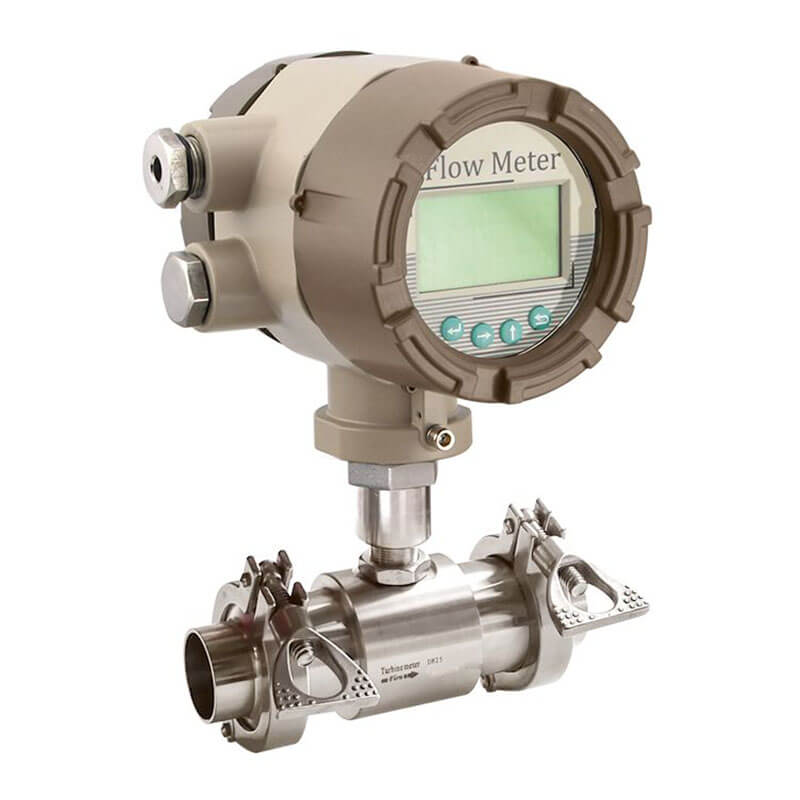Pressure transducers are core components of automated control and monitoring systems. It plays a crucial role in industrial processes. Among numerous sensor types, the flush pressure transducer has a unique structure and superior performance. They have been widely used in many industries.
The post details the definition, characteristics, and differences between the flush pressure transducer, which introduces its unique value in the industrial field.
What is a Flush Pressure Transducer?
A flush pressure transducer is a special type of pressure sensor. Its elastomer is made of a wear-resistant special material and manufactured using a diaphragm isolation process. This transducer works by having the medium pressure act directly on the diaphragm. It causes the diaphragm to deform in proportion to the medium pressure. This deformation is detected by electronic circuitry and converted into a standard current or voltage signal output. This working principle enables the flush pressure transducer to achieve high accuracy during measurement.
The diaphragm is mounted on the measuring instrument, effectively solving the problems of corrosion and clogging. Each time maintenance is required, only the isolation diaphragm needs to be replaced. Simultaneously, by using an isolation diaphragm, the special material of the original metal diaphragm box, such as Hastelloy, Monel, tantalum, etc, can be replaced with ordinary 316 stainless steel. This can save production costs. Flush diaphragm pressure transmitters can be made into compact pressure transmitters. They can also be made into flat diaphragm pressure transmitters with displays.
Read More about: 7 Types of Pressure Sensors: Different Types, Working Principles, and Definitions
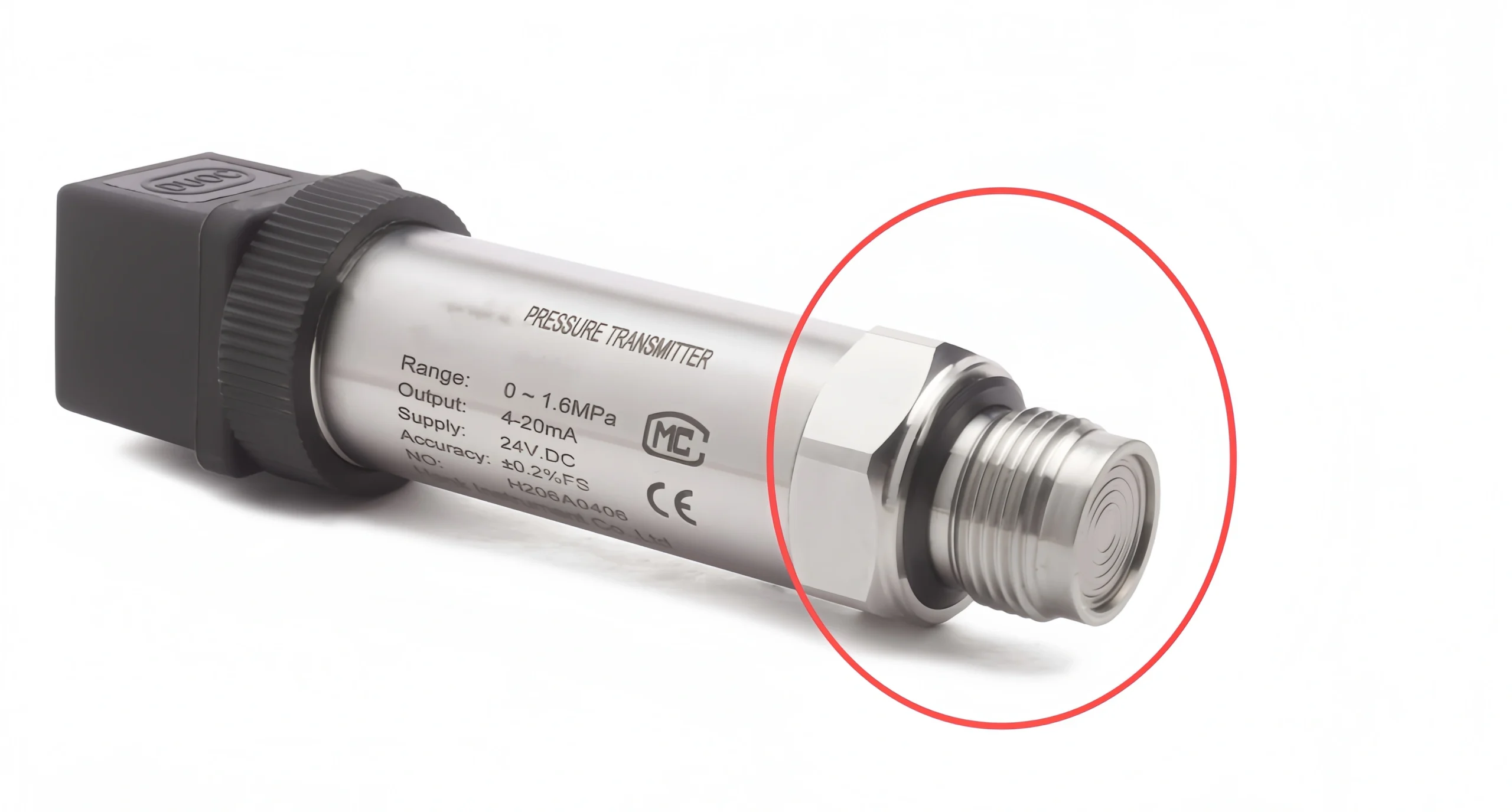
Flush Pressure Transducer Benefits
The main advantages of the flat diaphragm pressure transmitter are as follows:
- High-precision measurement: The Flush Pressure Transducer uses an ultra-large diaphragm design. Combined with highly sensitive materials and diaphragm isolation technology, it has high-precision pressure measurement.
- Anti-clogging performance: The test head adopts a pressure-pass-free design. It can effectively avoid clogging by viscous media. It is particularly suitable for pressure measurement and control of viscous media. such as chemical coatings, paints, mud, asphalt, and crude oil.
- Wide measurement range: Typically, its measurement range is between 0- 200 MPa. The flush pressure transducer can meet the needs of various industrial scenarios.
- High stability: The transducer adopts an integrated structural design. It has high stability and long-term reliability. It can operate stably and continuously in harsh industrial environments.
- High adaptability: The Flush Pressure Transducer is suitable for various media temperatures and ambient temperatures. Typically ranging from -20°C to 85°C.
Sino-Inst Featured Flush Pressure Transducer:
Flush Pressure Transducer Diaphragm Types:
The Flush Pressure Transducer is formed by adding a welded, sealed diaphragm structure. Its welded, sealed diaphragm device has various process connection structures. The two most common diaphragm types are flat diaphragms and convex diaphragms.
Flat diaphragms are used to prevent viscous media from clogging the pressure orifice. Alternatively, special materials are used to better measure the media and avoid damage to the sensor chip material. They appear flush with the surface, hence the name flush diaphragm or flush-embedded diaphragm.
Convex diaphragms can extend the pressure-bearing diaphragm into the flange or even the container. It can prevent material crystallization or precipitation at the pressure tapping point. This can affect accuracy. If the material movement within the container is vigorous, dynamic pressure and wear must also be considered for convex diaphragms.
Diaphragm Material:
Diaphragm materials include stainless steel 316, 316L, Hastelloy C, Hastelloy B, Ta (tantalum), Ti (titanium), Monel alloy, and PTFE. Generally, ss 316L, tantalum diaphragms, and Hastelloy C are the most commonly used.
Digital Output Pressure Transducer for Smooth Pressure Management
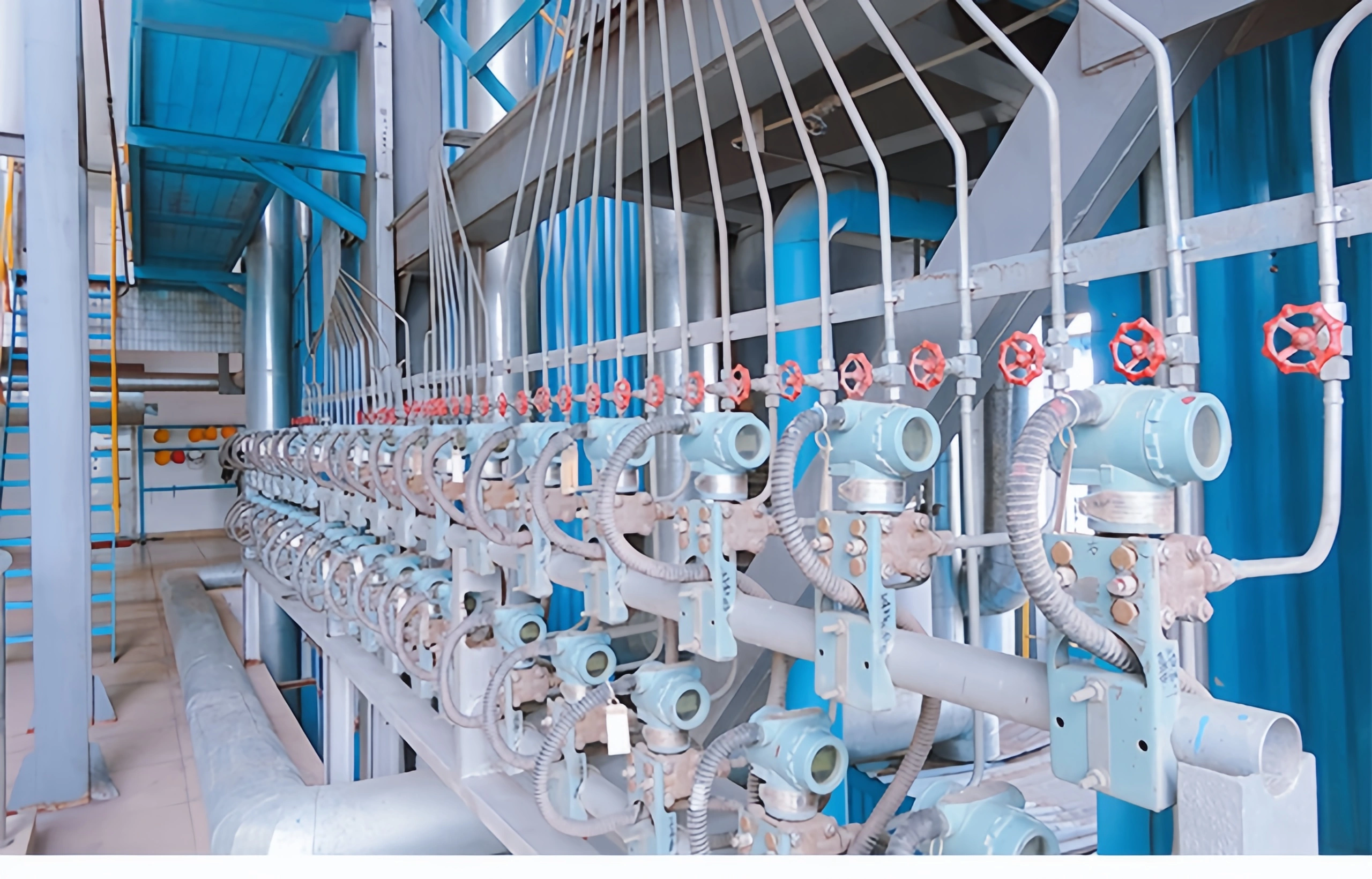
Why Use a Flush Pressure Transducer?
Compared to normal pressure transducers, flush pressure transducers have some advantages in several aspects.
When measuring media with high viscosity or poor flow ability, traditional pressure sensors are prone to increased measurement errors due to media clogging of the pressure tap. Flushing pressure transducers, without pressure taps, effectively solve this problem.
Flush pressure transducers exhibit superior performance in accuracy, stability, and reliability. Therefore, they can be applied to more demanding industrial sectors.
Generally, flush pressure transducers can withstand more extreme environments, which include high-temperature, high-pressure, and highly corrosive measurement environments. They also have a wider measurement range compared to traditional pressure transducers.
Pressure Sensor Mounting Methods
Common pressure sensor mounting methods in industrial processes include flange connections, threaded connections, and clamp connections. The following is a detailed explanation:
Threaded connections are suitable for sensors with threaded interfaces. Threaded connections are primarily used for small-diameter pipe connections. Prepare sealant or PTFE tape of the corresponding specification and wrap it around the threads two to three times. Screw the sensor vertically into the mounting hole and tighten it using a torque wrench according to the manufacturer’s specifications. When installing hydraulic equipment, additional copper shims are required. For automotive turbocharged systems, we recommend using anti-loosening adhesive. Pay attention: Avoid deforming the sensor housing during tightening. After installation, use a multimeter to check for short circuits between the housing and the signal wires.
Flange fixing is suitable for large-sized sensors. Flange connections are mainly used for pump and storage tank measurements. Clean the flange sealing surface before installation, removing burrs and oil. For four-hole flanges, tighten the bolts diagonally. For eight-hole flanges, tighten in a star-shaped sequence in three stages. For industrial pipeline installations, place a graphite spiral wound gasket between the flanges. In the food industry, PTFE gaskets must be used. The tightening torque should reach 70%-80% of the standard value, and a second tightening should be performed after 24 hours. In high-temperature environments, allow for thermal expansion clearance on the flange bolts.
Clamp fixing is commonly used for hose connections. Clamp connections are primarily used in the cleaning industry. Select a stainless steel clamp that matches the outer diameter of the sensor, and the clamp opening should be perpendicular to the bending direction of the hose. During installation, first hand-tighten the clamp screws, then turn them 1/4 turn with a wrench. For automotive oil line installations, a rubber buffer layer should be added to the inside of the clamp. For chemical pipelines, explosion-proof clamps should be used. Regularly check the clamps for rust and retighten them quarterly.
You can choose the appropriate connection method based on your specific operating conditions.
Read More about: Pressure Transmitter Installation Guide

Difference between Flush Pressure Transducers and General-Purpose Pressure Sensors: Pressure Port.
Flush Pressure Transducers have a pressure port. General-purpose pressure sensors do not.
The pressure port of a pressure transmitter is a pipe. It connects to the opposite side of the pressure-sensing element. It is used to introduce back pressure to counteract the fluid pressure’s effect on the sensing element.
The placement of the pressure port is crucial for improving the stability and accuracy of the pressure transmitter. When the fluid pressure changes, the pressure port can introduce a corresponding change in back pressure. It maintains a relatively stable total pressure on the sensing element.
This applies to both Flush Pressure Transducers and general-purpose pressure sensors. We can use flanges, threads, and clamps for connections.
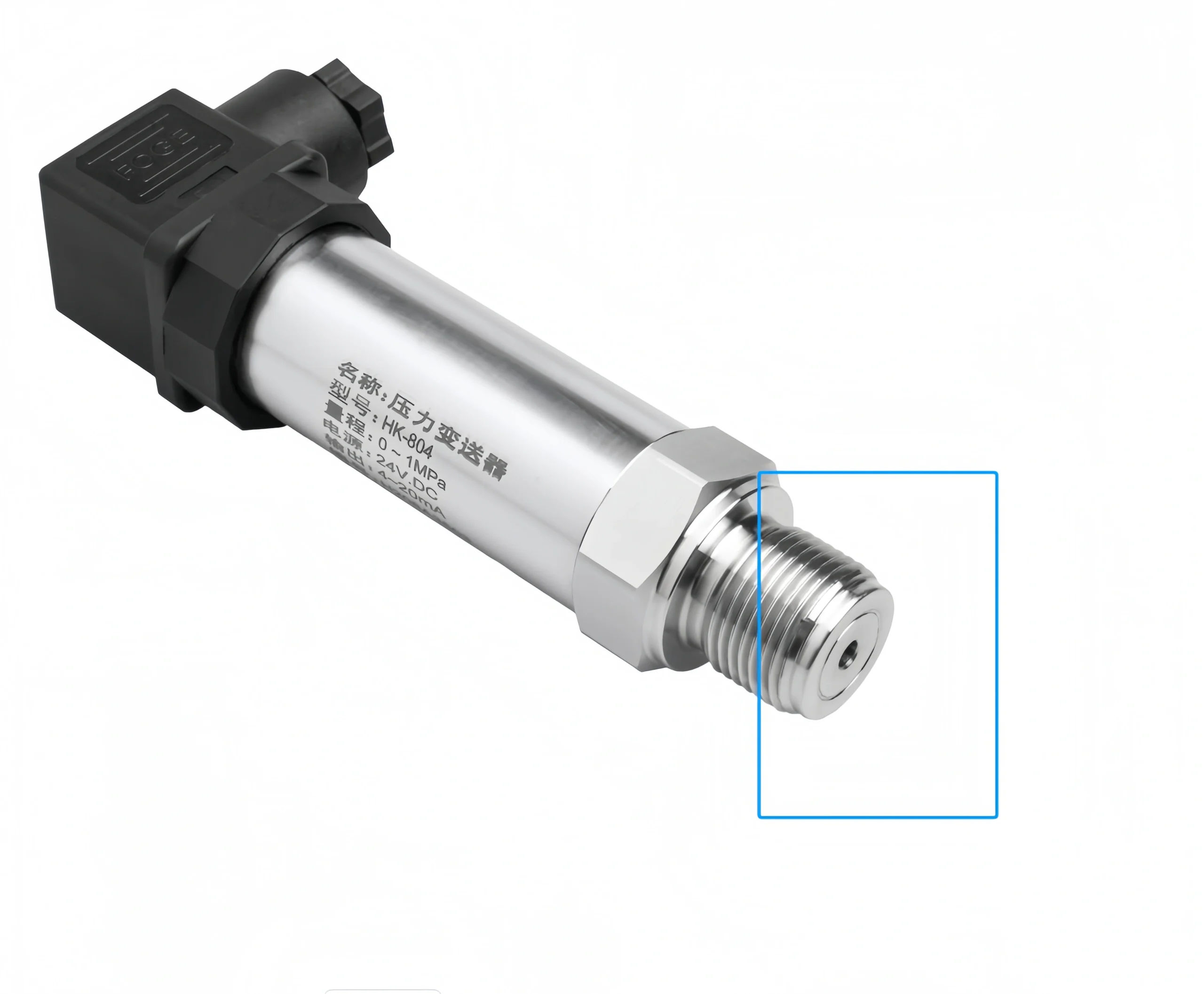
Flush Pressure Transducer Applications
Flush pressure transducers have a wide range of applications. Flat diaphragm pressure sensors are primarily used to measure high-viscosity slurries or pastes. Because high-viscosity media easily clog the pressure tap, we choose the flush pressure transducer. It is suitable for pressure measurement in high-temperature, high-viscosity, crystalline media and easily clogged environments. It is also used in sanitary and medical applications. There are some industrial applications:
Industrial Automation:
Flush pressure transducers are used to measure the pressure of many liquids and gases for monitoring and controlling industrial processes. They provide accurate pressure measurements to ensure process stability and safety.
Automotive Industry:
Flush pressure transducers are widely used in the automotive manufacturing industry. It aims to measure the pressure of components. such as engines, braking systems, and suspension systems. These sensors provide timely pressure feedback and help control systems achieve optimal performance and safety.
Pharmaceuticals Field:
Flush pressure transducers play an important role in medical devices. Sensors used on ventilators can measure a patient’s expiratory and inspiratory pressures to monitor respiratory status and adjust treatment.
Oil and Gas Industry:
They are suitable for the oil and gas industry. It can measure pressure in pipelines and storage tanks. The flush pressure transducers can monitor pipeline safety and provide warnings of potential leaks or explosions.
Environmental Monitoring:
Flush pressure transducers can be used to measure atmospheric pressure. It can monitor climate change and forecast weather. They can also measure liquid levels and flow rates to monitor water resources in the environment.
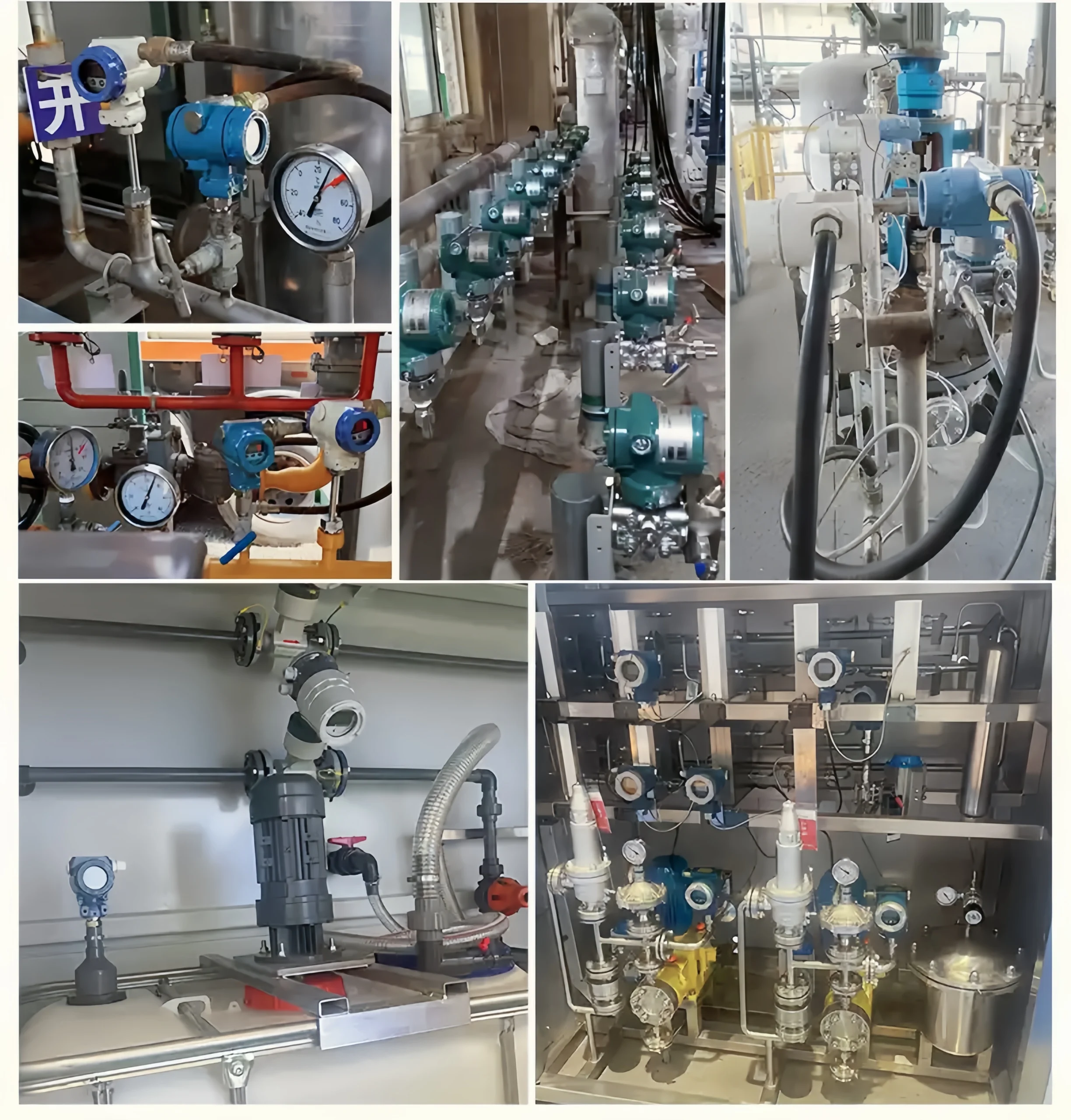
How do I clean my transducer?
A pressure transducer's accuracy can be affected by contaminants. such as dust, dirt, and chemicals during use, leading to performance degradation. Regularly cleaning the sensor's external surface is a basic maintenance measure.
Gently wipe the exterior with a clean, soft cloth, avoiding any abrasive cleaning tools and chemical cleaners. Especially for sensitive parts in contact with the sensor, use a specialized cleaner. It can avoid residue affecting measurement results.
Differential pressure sensors filled with silicone oil or inert gas serve to evenly distribute pressure onto the pressure-sensitive diaphragm. Capacitor sensors transmit pressure and differential pressure to the sensitive diaphragm through an insulating diaphragm and silicone oil filling. It causes displacement of the photosensitive diaphragm.
Electronic components convert the capacitance difference between capacitor plates into an output electrical signal. For example, most stainless steel sensors are filled and sealed after being immersed in silicone oil, resulting in a large amount of silicone oil on the product surface. Therefore, effective cleaning of the silicone oil is necessary.
Solutions for cleaning silicone oil contamination in sensors:
Sensor silicone oil is mainly methyl silicone oil. Traditional industrial cleaning methods include using acetone and alcohol. However, cleaning with silicone oil cleaners is safer. After dilution with water, and combined with ultrasonic cleaning, high-quality anionic and nonionic surfactants are used for cleaning.
How to choose a pressure transducer?
The selection of pressure transducers mainly considers the measured medium, temperature environment, accuracy class, installation and maintenance costs, etc. After determining the manufacturer and model of the transducer, the range of the transducer is determined according to the usage requirements. When selecting the range, principles such as adjustable range, highest accuracy, and suitable price should be considered comprehensively.
Measurement Medium
If the fluid being measured is relatively clean, a standard 316 diaphragm pressure transmitter can be used directly. If the measured medium is high viscosity, prone to crystallization, and highly corrosive, an isolated transmitter must be selected. When selecting a transmitter, the corrosiveness of the medium to the diaphragm metal must be considered. The diaphragm material must be carefully chosen; otherwise, the outer diaphragm will corrode and the flange will also be damaged within a short period, leading to equipment and personal injury accidents. Transmitter diaphragm materials include ordinary stainless steel, 304 stainless steel, 316L stainless steel, and tantalum diaphragm materials.
Pressure Transmitter Measurement Range
Regarding the measurement range of a pressure transmitter, most pressure transmitters have a certain adjustable range. It is best to set the operating range to 1/4 to 3/4 of its original range to ensure accuracy, which is especially important for differential pressure transmitters. In practice, some applications require pressure transmitter relocation. In such cases, the measurement range and relocation amount must be calculated based on the installation location, and then either positive or negative relocation can be performed.
Accuracy Class:
Every measuring instrument has an accuracy error. However, the accuracy classes specified by different countries vary. China and the United States specify accuracy for the sensor's best linearity range, typically 10% to 90% of the measurement range; while Europe specifies accuracy for the worst linearity range, typically 0% to 10% and 90% to 100% of the measurement range. For instance, a European accuracy of 1% would be equivalent to a Chinese accuracy of 0.5%.
Wetted Material
The diaphragm of a typical pressure transmitter, which contacts the medium, is made of 316 stainless steel. If the measured medium is not corrosive to 316 stainless steel, then virtually all pressure transmitters are suitable for measuring medium pressure. If the measured medium is corrosive to 316 stainless steel, then a chemical seal must be used. This not only allows for pressure measurement but also effectively prevents contact between the medium and the wetted parts of the pressure transmitter. These can protect the transmitter and extend its service life.
Output Signal
Currently, due to various data acquisition needs, pressure transmitters on the market offer a variety of output signals, primarily 4-20mA, 0-20mA, 0-10V, and 0-5V. The most commonly used are 4-20mA and 0-10V. Only the 4-20mA signal is two-wire (excluding grounding and shielding wires); the others are three-wire.
Medium Temperature
Since the pressure transmitter signal is converted through electronic circuitry, the measured medium temperature is generally between -20°C and +100°C. If the temperature is too high, a condenser is typically used to cool the medium.
Display Head
The display head of the pressure transmitter is optional, typically an LCD, and can be selected as needed.
Communication
Pressure transmitters offer various communication methods, such as HART protocol, Brown protocol, and various buses. They can be selected according to requirements.
Mounting Brackets
Pressure transmitters typically require mounting brackets, usually available in both curved and straight configurations.
Other
After determining the above parameters, you also need to confirm the process connection interface, housing material, and power supply voltage of the pressure transmitter. For special applications, explosion-proof and protection ratings should also be taken into consideration.
Are pressure transmitters analog or digital?
Pressure transmitters can output either analog or digital signals. You can choose the appropriate signal output based on your operating conditions.
Analog pressure transmitters:
The output signal is typically a 4-20mA current signal or a 0-10V voltage signal. These signals are continuous analog signals.
Digital pressure transmitters:
The output signal is a digital signal. such as RS-485, HART protocol, or CAN bus. These signals can provide more data and information.
How do I test my pressure transmitter?
The following is the specific testing procedure for a pressure transmitter:
First, thorough preparation is necessary before commissioning. We need to ensure the pressure transmitter is correctly installed and the wiring is accurate. Simultaneously, check the power supply stability and the use of appropriate measuring tools, such as a multimeter or pressure calibrator. Read the pressure transmitter's user manual to understand its operating principles and commissioning requirements.
Next is zero-point commissioning.
Zero-point commissioning is performed under no pressure or reference pressure. Typically, the pressure transmitter's output needs to be adjusted to zero or a specified starting value.
This can be achieved by adjusting the transmitter's internal zero-point potentiometer or using the digital calibration function. When using the digital calibration function, the zero-point calibration value can be input through the transmitter's display interface or related software to make the output signal correspond to the actual pressure value.
After completing zero-point commissioning, full-scale commissioning is required. Full-scale commissioning is performed at the pressure transmitter's maximum operating pressure. In this step, the transmitter's output must be adjusted to match the maximum pressure value. This can also be accomplished by adjusting the full-scale potentiometer or using the digital calibration function. When applying maximum pressure using a pressure calibrator, observe the transmitter's output signal and adjust the full-scale value to ensure the accuracy of the output signal.
Finally, verification testing is required. After completing zero-point and full-scale calibration, the pressure transmitter needs to be verified to ensure its accuracy and stability under actual operating conditions. This includes testing the transmitter's output signal at different pressure points and comparing it with standard values. If significant deviations or instability are found, readjustment is necessary until satisfactory performance is achieved.
Read More about: Pressure Transducer Calibration: Key Processes to Ensure Accuracy
In general, the Flush Pressure Transducer is primarily used for high-viscosity media such as pastes or slurries. It is also used in the cleaning industry. If you need to purchase a flat diaphragm pressure transmitter, please feel free to contact us.
Sino-Inst will provide you with free customized solutions and technical support.


